Looking back at Edinburgh's notorious Leith Fort
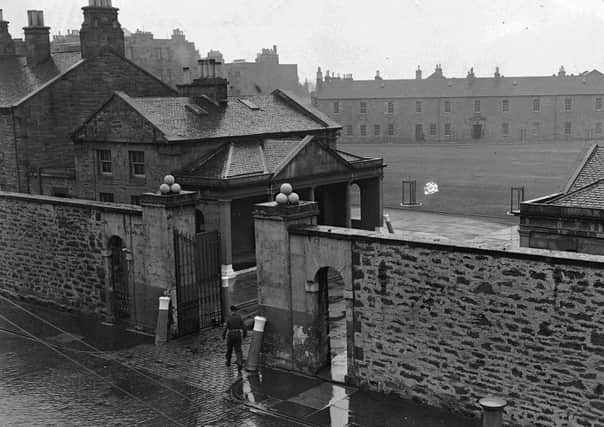

But to many more, the notorious Leith Fort - or ‘The Fort’ - was simply home.
Despite local protests, the housing scheme was eventually demolished in 2013.
Advertisement
Hide AdAdvertisement
Hide AdWe take a look back at the chequered history of the once great military base.
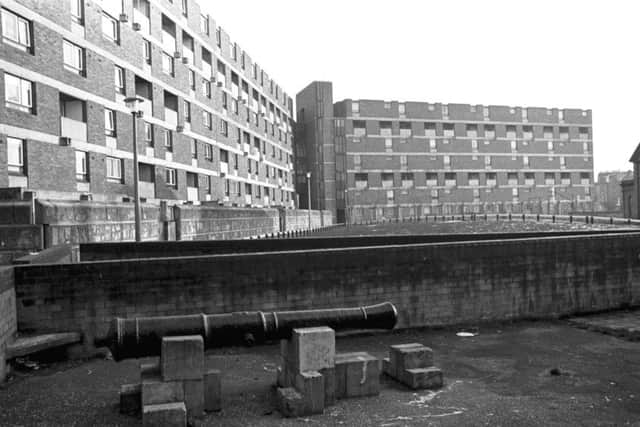

Military beginnings
Originally created as military base, the fort was still in active use as late as 1955, before it was demolished to make way for housing.
During the American War of Independence, John Paul Jones - the Scot credited with founding the US Navy - set sail in August 1779, as commodore of a seven-ship squadron charged with destroying British commerce in the North Sea.
He aimed to capture the port of Leith and hold it for ransom, but by chance a gale on September 16 prevented him from reaching the port, and he was stalled at the mouth of the Firth of Forth.
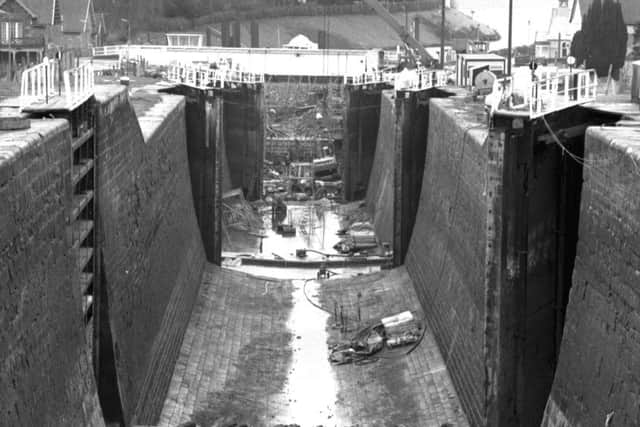

This scare led to the rapid construction in 1780 of Leith Fort, designed by celebrated architect James Craig - the mastermind behind Edinburgh’s stunning New Town.
Decades later, it was enlarged to accommodate French prisoners captured during Britain’s war with Napoleon and remained as a military base until the mid-1950s when much of it was demolished to make way for housing.
The fort had a colourful history.
In 1824 gunners at the fort hauled their fire engine up to the High Street to help fight the ‘Great Fire of Edinburgh’.
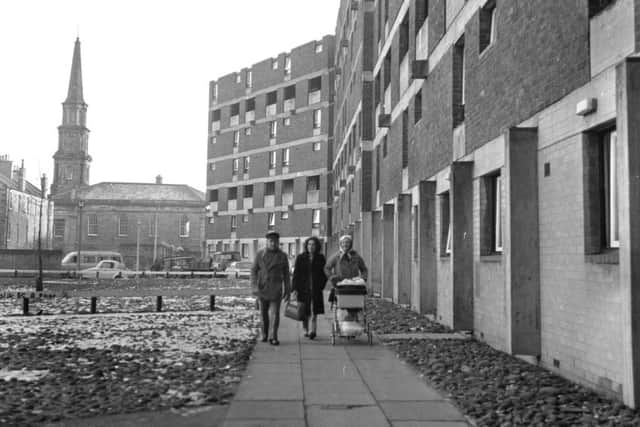

Advertisement
Hide AdAdvertisement
Hide AdThroughout the Second World War it was used as an army base.
The Royal Army Pay Corps was the last military unit stationed at Leith Fort. It had its final official parade in April 1956.
While most of the original fort’s interior was later demolished to make way for housing – namely the Fort House estate – the perimeter wall, entrance gate and guardhouse were all left standing and became listed buildings.
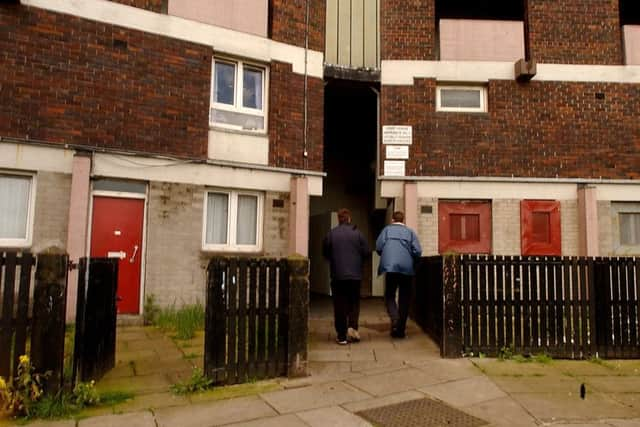

Fort House
Fort House – or “The Fort” as it was better known – was either loved or loathed by those who lived in it and nearby.
It had a notorious past, because for many years it was synonymous with drug abuse, antisocial behaviour and some of Edinburgh’s worst troublemakers.
But for many people it was simply home.
In 2007, the Edinburgh Evening News reported that 30 of the 157 flats at Fort House were understood to be occupied by drug users. About 20 years before that, residents complained of syringes being found on the estate and addicts shooting-up in communal stairways.
Fort House incorporated the original army guardhouse and office of the former 18th Century Leith Fort. Black cannons which featured at the entrance to the site were added at a later date.
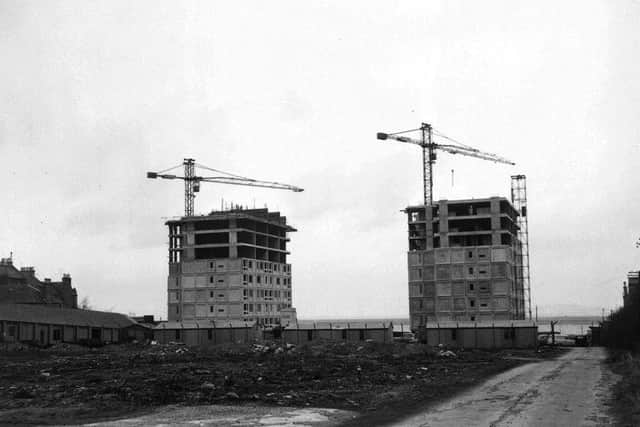

Advertisement
Hide AdAdvertisement
Hide AdThe housing estate recieved much negative publicity for its problems with drug abuse and crime over the years.
In April 2013 the 1960s flats were demolished to make way for new affordable housing.